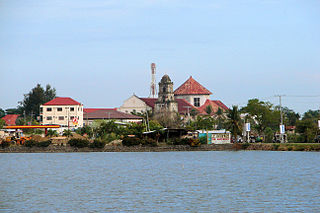
Binmaley, officially the Municipality of Binmaley, is a 1st class municipality in the province of Pangasinan, Philippines. According to the 2020 census, it has a population of 86,881 people.

Anda, officially the Municipality of Anda, is a 3rd class municipality in the province of Pangasinan, Philippines. Unique in this part of the province, The Sambalic language of Bolinao or Binubolinao is primarily spoken in the municipality and the adjacent town of Bolinao. According to the 2020 census, it has a population of 41,548 people.
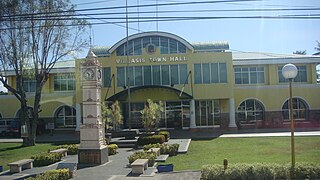
Villasis, officially the Municipality of Villasis, is a 1st class municipality in the province of Pangasinan, Philippines. According to the 2020 census, it has a population of 65,047 people.

Agno, officially the Municipality of Agno, is a 3rd class municipality in the province of Pangasinan, Philippines. According to the 2020 census, it has a population of 29,947 people.

Asingan, officially the Municipality of Asingan, is a 2nd class municipality in the province of Pangasinan, Philippines. According to the 2020 census, it has a population of 57,811 people.

Balungao, officially the Municipality of Balungao, is a 4th class municipality in the province of Pangasinan, Philippines. According to the 2020 census, it has a population of 30,004 people.

Bani, officially the Municipality of Bani, is a 2nd class municipality in the province of Pangasinan, Philippines. According to the 2020 census, it has a population of 52,603 people.

Basista, officially the Municipality of Basista, is a 4th class municipality in the province of Pangasinan, Philippines. According to the 2020 census, it has a population of 37,679 people.

Bolinao, officially the Municipality of Bolinao, is a 1st class municipality in the province of Pangasinan, Philippines. According to the 2020 census, it has a population of 83,979 people.

Infanta, officially the Municipality of Infanta, is a 3rd class municipality in the province of Pangasinan, Philippines. According to the 2020 census, it has a population of 26,242 people.

Labrador, officially the Municipality of Labrador, is a 4th class municipality in the province of Pangasinan, Philippines. According to the 2020 census, it has a population of 26,811 people.

Laoac, officially the Municipality of Laoac, is a 4th class municipality in the province of Pangasinan, Philippines. According to the 2020 census, it has a population of 34,128 people.
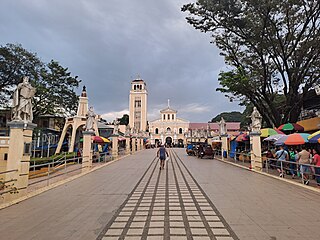
Manaoag, officially the Municipality of Manaoag, is a 1st class municipality in the province of Pangasinan, Philippines. According to the 2020 census, it has a population of 76,045 people.

San Quintin, officially the Municipality of San Quintin, is a 3rd class municipality in the province of Pangasinan, Philippines. According to the 2020 census, it has a population of 33,980 people.

Santo Tomas, officially the Municipality of Santo Tomas, is a 5th class municipality in the province of Pangasinan, Philippines. According to the 2020 census, it has a population of 14,878 people, making it the least populated municipality in the province.

Sual, officially the Municipality of Sual, is a 1st class municipality in the province of Pangasinan, Philippines. According to the 2020 census, it has a population of 39,091 people.

Urbiztondo, officially the Municipality of Urbiztondo, is a 3rd class municipality in the province of Pangasinan, Philippines. According to the 2020 census, it has a population of 55,557 people.

Anao, officially the Municipality of Anao, is a 5th class municipality in the province of Tarlac, Philippines. According to the 2020 census, it has a population of 12,208 people, making it the least populated municipality in the province.
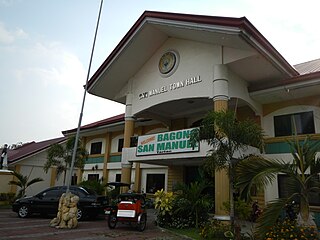
San Manuel, officially the Municipality of San Manuel, is a municipality in the province of Tarlac, Philippines. According to the 2020 census, it has a population of 28,387 people.
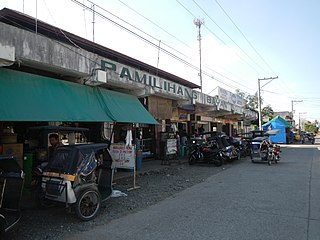
Laur, officially the Municipality of Laur, is a 3rd class municipality in the province of Nueva Ecija in Central Luzon region of Philippines. According to the 2020 census, it has a population of 38,263 people. Laur is located at the foothills of the Sierra Madre Mountains.

























